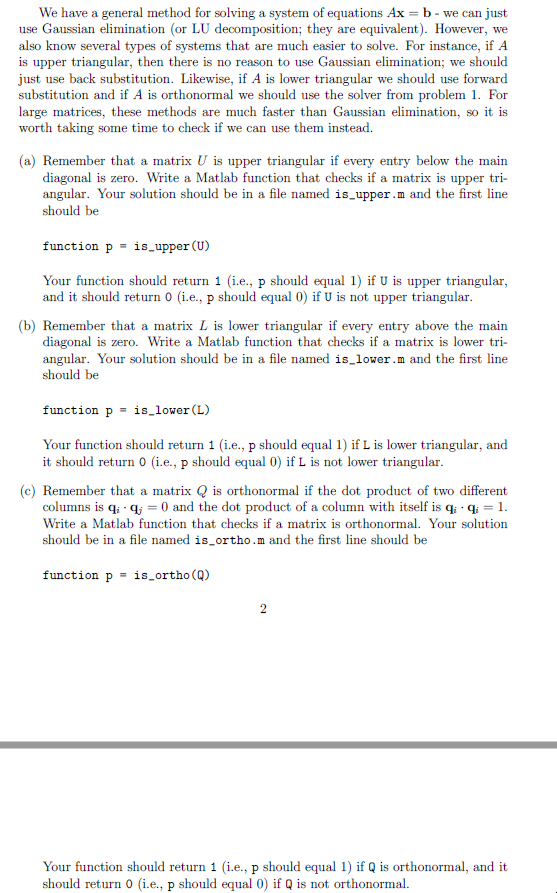Answered step by step
Verified Expert Solution
Question
1 Approved Answer
We have a general method for solving a system of equations Ax-b- we can just use Gaussian elimination (or LU decomposition; they are equivalent). However,

Step by Step Solution
There are 3 Steps involved in it
Step: 1

Get Instant Access to Expert-Tailored Solutions
See step-by-step solutions with expert insights and AI powered tools for academic success
Step: 2

Step: 3

Ace Your Homework with AI
Get the answers you need in no time with our AI-driven, step-by-step assistance
Get Started


